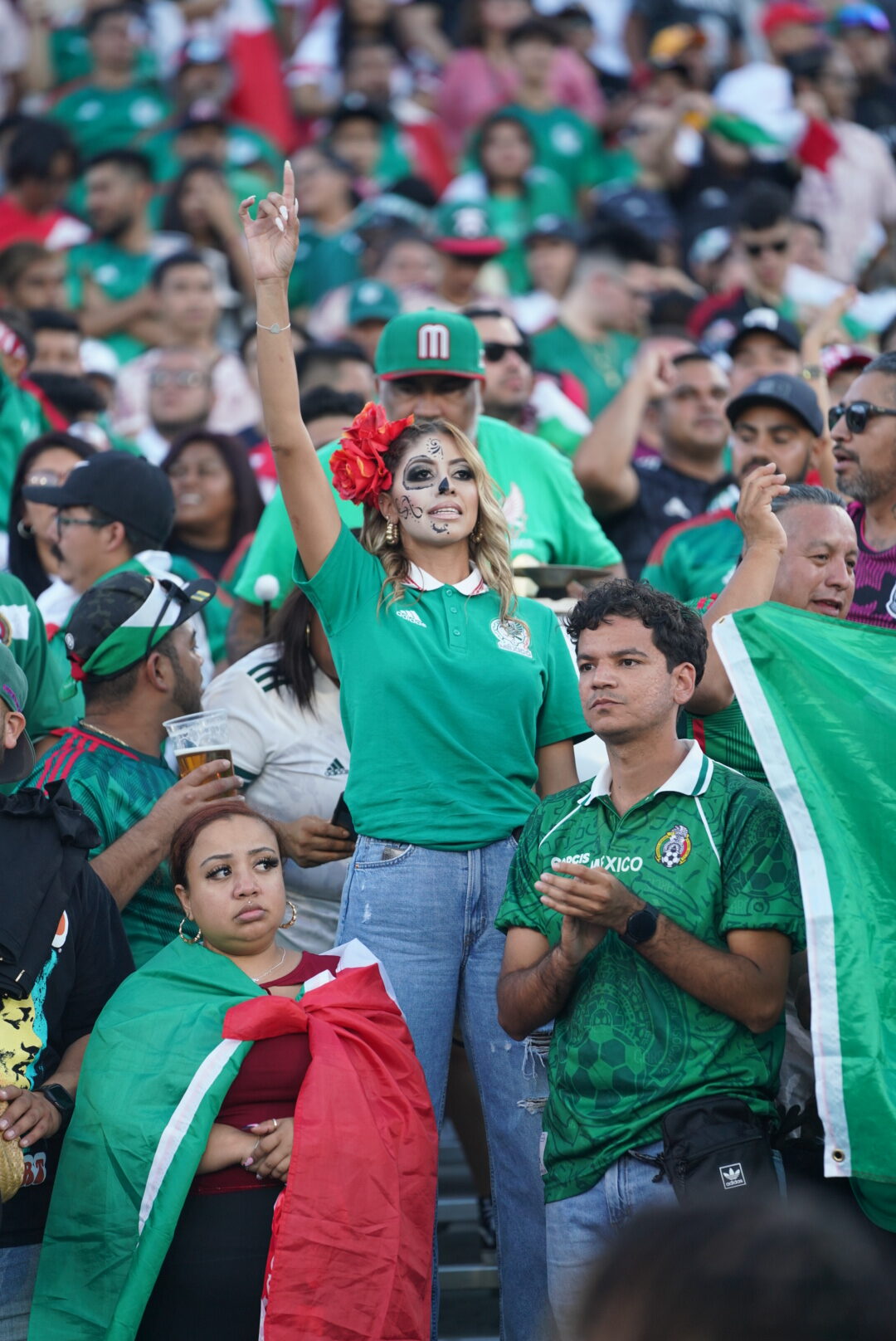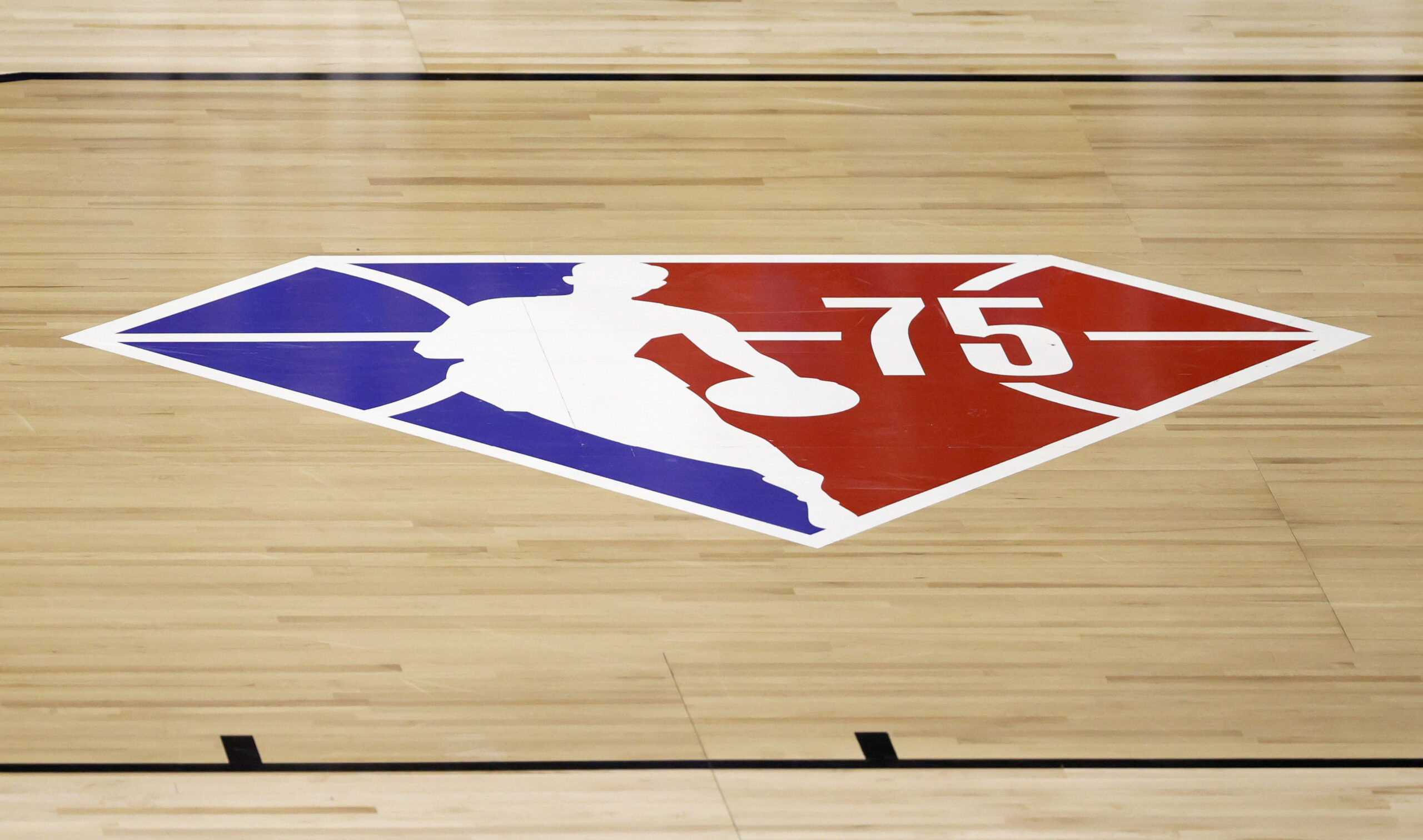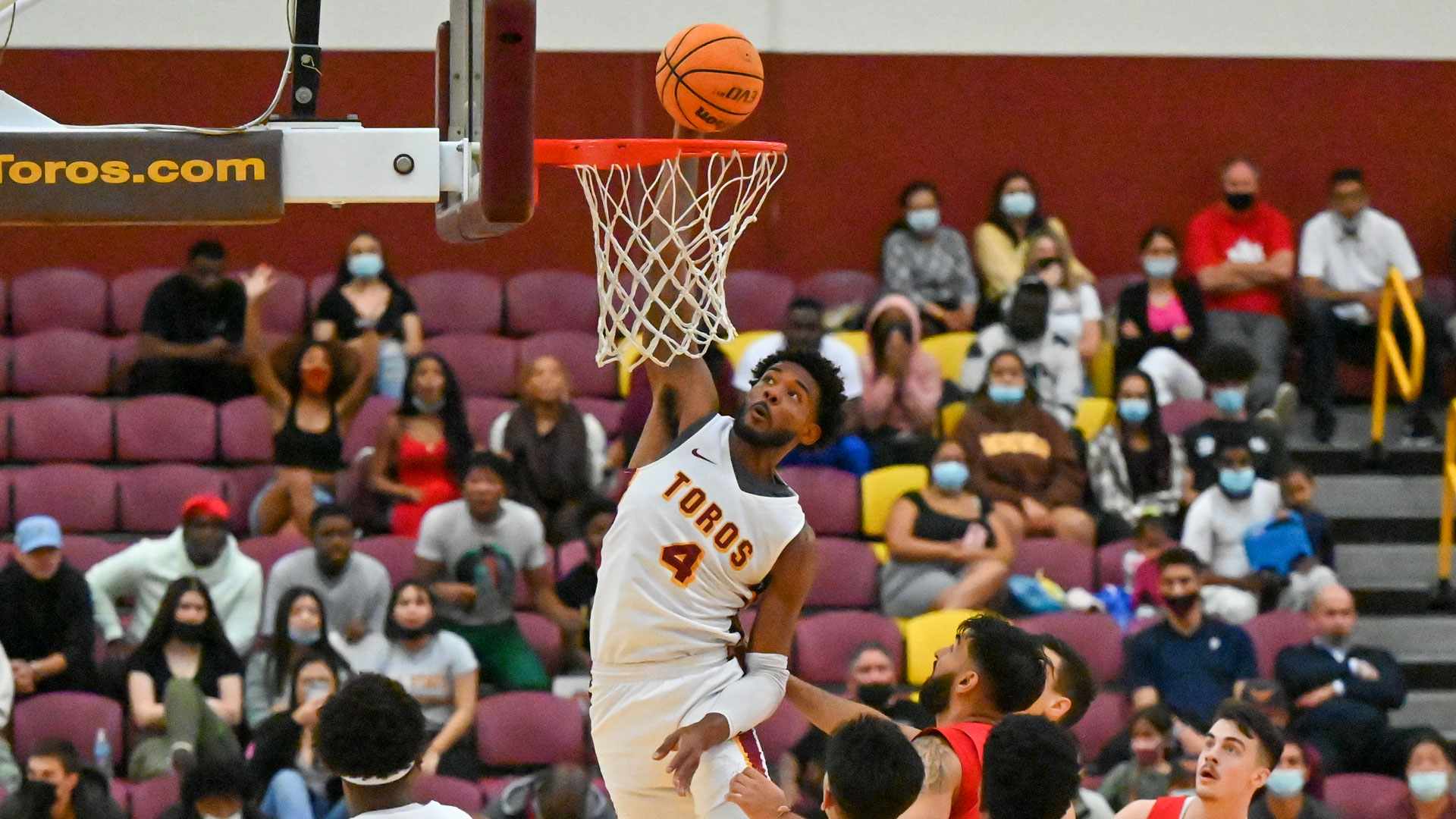Mexican-Americans are a big part of the market for the Federación Mexicana de Futbol in the United States. Photo by Javier Perez
By Javier Perez, Sports Editor
The hot California sun beams down on 93,000 soccer fans in the Rose Bowl in the city of Pasadena. Mexico and the United States are in a deadlock as they square off in the 2011 Gold Cup Final. After coming down from a 2-0 deficit, Mexico now has the US Men’s National Team in a 3-2 chokehold. They continue to relentlessly attack, looking for a fourth goal to seal the victory. Stakes run high, and both Mexico and the US hang the pride of their country on the score sitting on the giant screen above the crowd. At the peak of the match, in the 76th minute, Mexican star player Giovani Dos Santos picks up a pass from midfielder Andres Guardado. Dos Santos dribbles into the box, picking off two defenders. USMNT goalkeeper Tim Howard closes in on Dos Santos but his feet are too quick. Leaving the net wide open, Dos Santos dribbles around Howard and floats the ball into the top corner of the goal.
Although the game is being played in the United States, a sea of green erupts as Mexico clinches yet another Gold Cup, winning the game 4-2. The moment would be immortalized in the lore of the biggest rivalry in the Confederation of North, Central America and Caribbean Association Football, CONCACAF for short, but its influence would leave its mark on a watchful generation of kids.
Such was the case for then-15-year-old Julio Teodoro. Growing up in Virginia, soccer was never a prominent sport. Teodoro’s parents weren’t big on soccer, despite migrating from Mexico to find a better life in the United States, but ever since that game, Teodoro was set on rooting for Mexico. Now 25, he runs a news page dedicated to Mexican soccer, Jóvenes Futbolistas MX. He follows the careers of young Mexican footballers who are rising through the ranks of the academies of teams in the dominant Liga MX and its competitor, Major League Soccer.
Soccer has exponentially grown in the United States, with more franchises being added to the now 28-team league, soccer’s popularity has now expanded into the Midwest and Southern Sections of the United States, with Charlotte FC being the newest addition to the roster of MLS clubs.
“There are more USMNT fans here in Virginia. There’s less Mexicans around here so it’s common to see more US fans,” Teodoro said.
Going back a year before the famous – or infamous – Giovanni Dos Santos goal, the USMNT was in Loftus Versfeld Stadium, in Pretoria, South Africa playing the 2010 World Cup. The United States needed to score one goal to break their tie against African giants Algeria in the final group stage match to advance to the knockout stage. A draw would not help. Then, in a moment of brilliance, USMNT legend Landon Donovan breaks off a shot from Clint Dempsey to slot the ball past Algeria’s goalkeeper to send the USA into a 1-0 lead and through to the next round. For then-13-year-old Edgar Moreno, that moment captured the essence of the USMNT – persistence.
Despite his parents not watching any soccer whatsoever, Moreno found himself deeply invested in Liga MX and Major League Soccer.
“When I was growing up, no one really played it,” Moreno recalled. “Most of the schools out here only had a football and basketball team. Once I got older I started to see more soccer fields.”
Growing up in Dallas, Moreno was able to begin following FC Dallas, a club that is best known for its production of Mexican-American talent. Now 25, Moreno has become a well-known figure within the USMNT Twitter community.
Identity has always been a struggle for Mexican Americans. Often rejected by both nationalities, it can be difficult to navigate through the various forms of identity politics. So when there is a rivalry as big as the one between Mexico and the U.S., fans can often be conflicted. Regardless, choosing a national team to support results in harsh backlash from both sides of the coin.
“Some people don’t care. There are people that give you negative feedback. They call you ‘pocho’ [a derogatory term used to describe Mexican-Americans] and ‘whitewashed,’” Moreno said. “It’s expected so I’m not too surprised.”
Teodoro has had similar experiences despite his devotion to the Mexican National Team.
“I think Mexico fans have called me things like ‘pocho’ and they start telling me I’m American, not Mexican,” Julio added.
“To me, it’s a preference. There’s nothing wrong with supporting either country,” Moreno said. “To me, it’s just a team. It’s just weird, let’s say you’re English and Swedish. They’re not rivals but since Mexico and the US are rivals it adds that extra weight.”
David Ochoa is a young goalkeeper. Last year, he filed a one-time switch to FIFA, switching from the USMNT to Mexico. Once it became public, David was on the receiving end of backlash from USMNT fans as his social media was flooded with xenophobic rhetoric.
“I’m proud to be American. You grew up watching the Mexican team, you feel proud to be American. You were born here. Just like David Ochoa,” Edgar affirmed.
The Mexican-American experience is unique, creating an identity in which both backgrounds are celebrated. However, the intricacy of being Mexican-American is lost in the ever-growing fervor of a heated rivalry.



